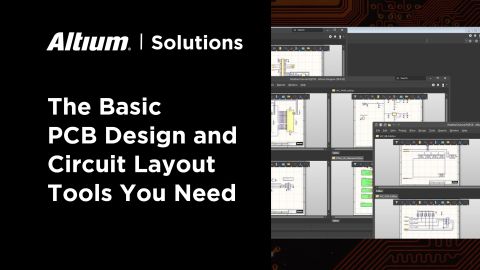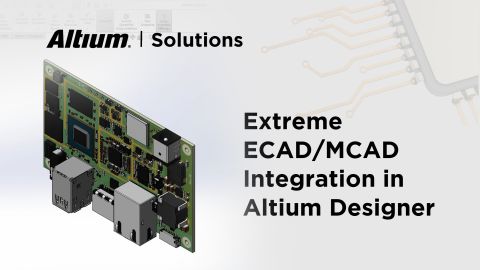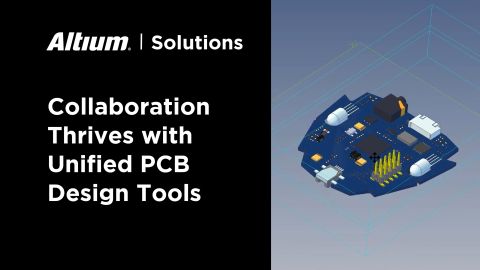Board-and-Enclosure Collaboration in the Cloud
Every day, technology has new ways to make our lives easier. It doesn’t seem like there’s anything smart devices can’t do, or won’t be able to do in the near future. However, as smart and connected devices become more helpful to the everyday user, they become increasingly complicated to make. Boards, wires, and all kinds of components are jam-packed into ambiguous spaces. Look under the hood of a new car, and you’ll find a whole lot more than was there just ten years ago. Both electrical and mechanical engineers are being tasked with increasingly difficult requirements on shorter schedules. They must find new approaches to create and manufacture their products more efficiently.
The Traditional Approach
Board system needs to fit within specific increasingly convoluted space constraints. Electrical and mechanical engineers need to solve that problem collaboratively. Mechanical engineers create a layout of the board using MCAD, and then the electrical engineer opens the same layout in ECAD. Board design hasn’t always required a whole lot of collaboration, but with more and more electronics being packed into products, there is more of a need for mechanical and electrical engineers to work closely together.
Traditionally, the electrical engineer develops the logic diagram and then places components on the board layout. That detailed layout is then exported from ECAD before being imported to MCAD as a 3D assembly. The process is a series of file exports, back and forth between both sides. Instead of checking to see if things line up along the way, which is time-consuming and onerous, engineers typically wait until the very end of the design process or lump several changes together into certain checkpoints.
The problem here is obvious. Sharing files back and forth isn’t very efficient, and leaves many opportunities for error. With so many changes made so often, one of the engineers may unintentionally neglect to communicate one of them to the engineer on the other side. There’s no way of knowing if the version someone is working on is the most up-to-date version of the model.
Think of a file export like a PDF-it’s static information, and can’t be changed. Each engineer has to manually figure out what changes the other may have made by looking at the board and the 3D assembly. Neither side has a whole lot of visibility into what is happening from the other’s perspective.
If the board doesn’t fit into the enclosure or the enclosure won’t close at the end of the process, both engineers have to go back to the drawing board and figure out what went wrong and where. These mistakes result in lost time and money.
The Novel Approach
The traditional approach of exchanging files has been functional enough to get the job done, but organizations can’t afford to waste time or resources that come from additional re-spins, especially with the increasing complexity of devices. Companies still need to be able to deliver high-quality products on time.
One advantageous solution lies in the cloud, for both ECAD and MCAD. With a cloud-based ECAD solution, the logic diagram and board layout exist in an always accessible server. Likewise, with an MCAD solution, the 3D assembly of the board also exists in an always accessible server. Using web services, these two cloud applications can communicate with one another - constantly. Engineers can consistently stay up-to-date with one another. Everyone would be looking at the most recent changes, and there would be no risk of any alterations going undocumented. Engineers run an interference check and see if two objects are occupying the same space. Instead of finding out the pieces don’t fit together after making physical prototypes, engineers can anticipate problems ahead of time with this check. At the end of the process, there would be a much smaller risk of the electrical components not fitting in the enclosure.
In the traditional process, the electrical engineer and mechanical engineer had to make an explicit decision to pass updates to each other. On top of that, they had to figure out what changes were made by looking at previous layouts. With the cloud approach, keeping track of changes is far less of a hassle. The cloud technology does it for you, and it just happens. Each change can be tracked and reviewed individually. There are no surprises at the end and no unnecessary re-spins.
Summary
Cloud technology has been shaking up multiple industries, and only continues to do so. In the case of mechanical engineering, it can offer a lot more than just increased security and extra storage space. When it comes to electrical and mechanical design, it allows for increased and more efficient collaboration across teams, easy access to files from multiple locations, and effortless version control. These qualities are all incredibly beneficial to shortening production cycles, and ensuring that the design process goes smoothly.












